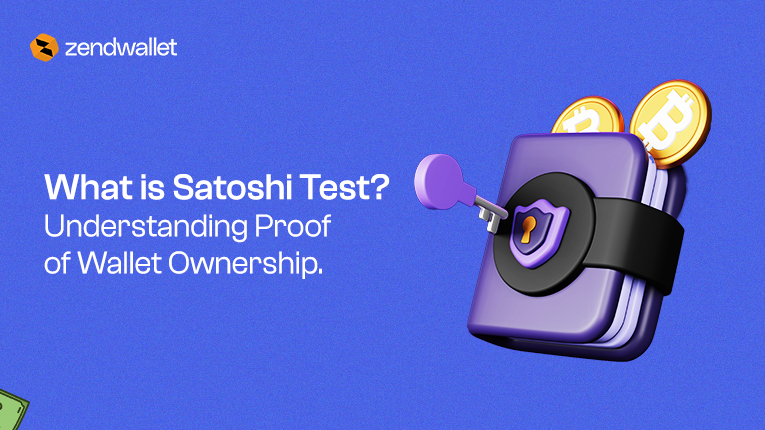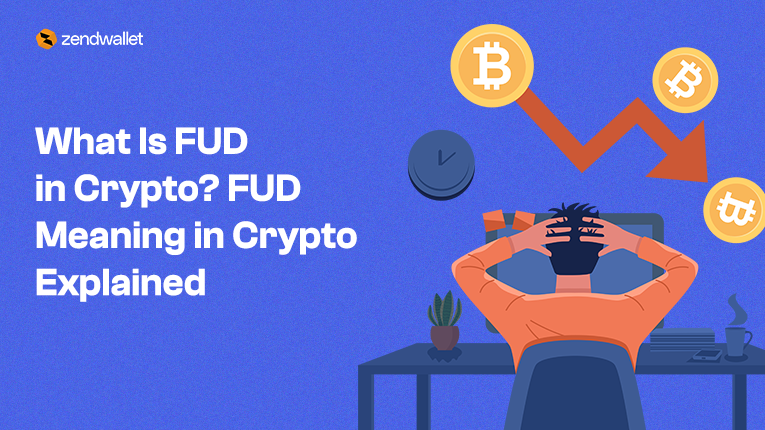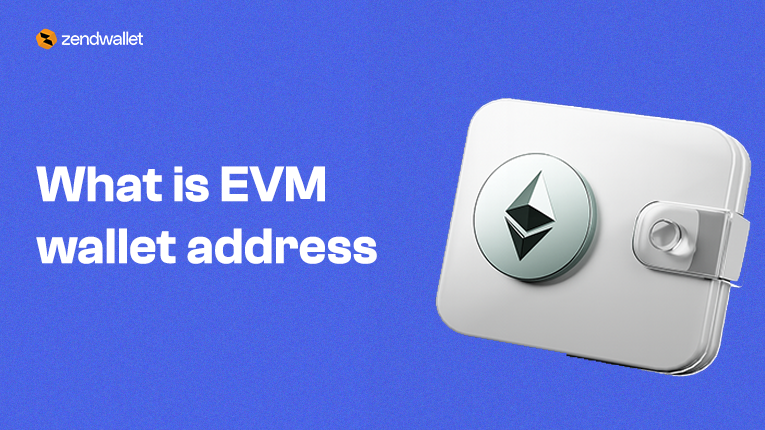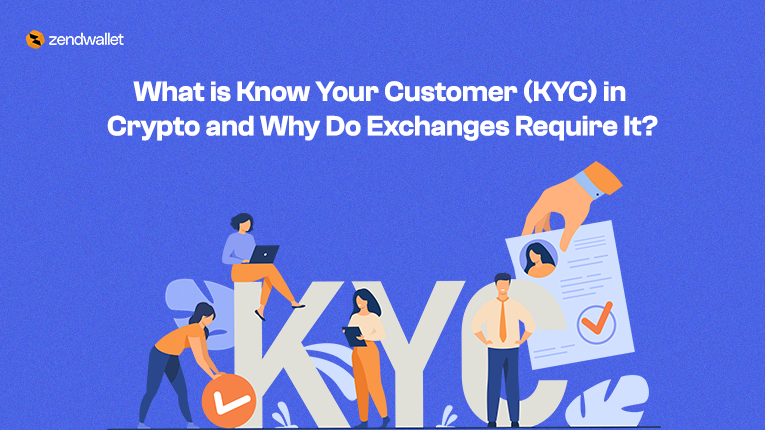What is the Satoshi Test? As global crypto regulations evolve, proving ownership of a self-hosted (private) wallet is becoming more important.
One method leading exchanges now use is the Satoshi Test, also known as Proof of Ownership.
This has become a trusted method used by exchanges to verify that a user genuinely controls the wallet in question.
What Is the Satoshi Test?
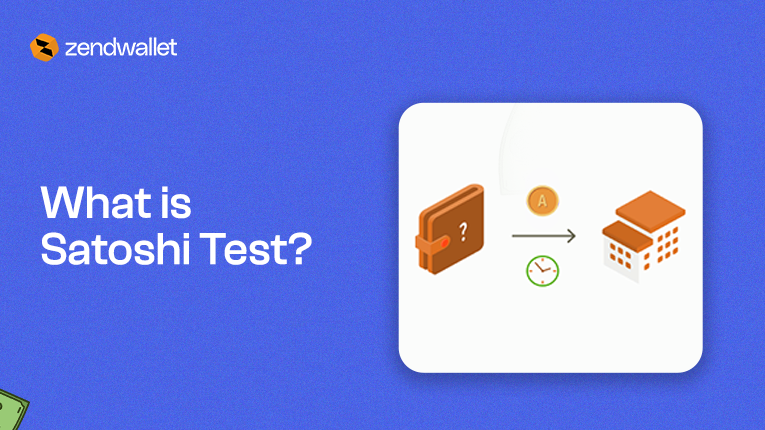
The Satoshi Test is a straightforward method for verifying that you control a specific cryptocurrency wallet. It involves sending a small, exact amount of cryptocurrency from your private wallet to a unique address provided by your exchange (like Kraken or others).
This test verifies that you, not someone else, actually have access to the wallet’s private keys.
Why Is Verification Required?
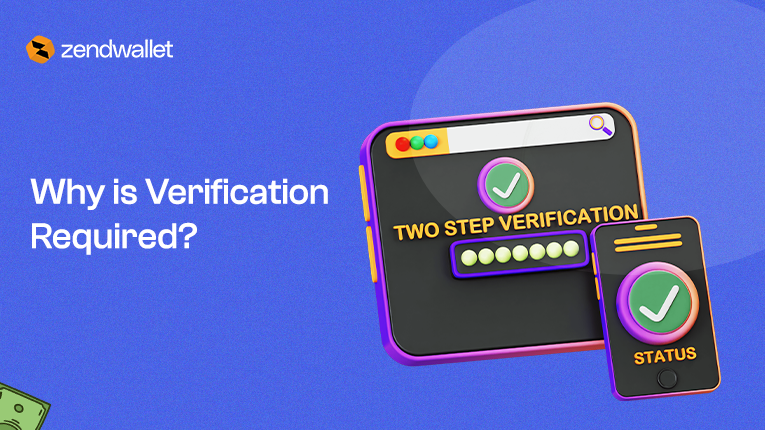
In many jurisdictions, compliance rules require the verification of wallet ownership, primarily for security and anti-money laundering (AML) purposes. This requirement is often tied to:
- Withdrawing funds to a new private wallet
- Depositing from a previously unverified wallet
- Moving assets or transactions exceeding thresholds (e.g. €1,000)
These rules align with global frameworks like FATF’s Travel Rule, which requires detailed identification for crypto transfers above specific values.
When the Satoshi Test Is Triggered
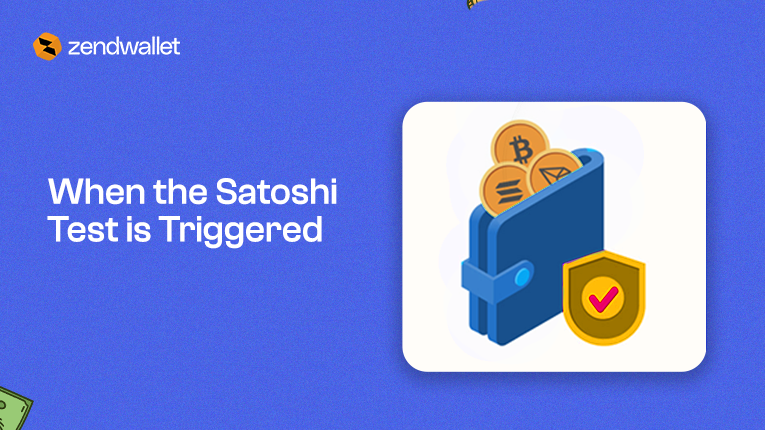
Common scenarios include:
- Initiating a withdrawal to a newly added wallet address
- Depositing from a previously unknown self-custody wallet
- Transferring amounts beyond regulatory thresholds (e.g. €1,000 or equivalent)
In each of these cases, exchanges may require ownership verification before processing the transaction.
How the Satoshi Test Works
- Initiate Verification
Select the option for wallet verification within your exchange account. A 180-minute (3-hour) timer begins. - Receive Verification Instructions
You will be given a unique wallet address and a specified amount of cryptocurrency to send. - Send From the Exact Wallet
Transfer the exact amount specified from the same wallet address you wish to verify. Once completed, confirm on the exchange platform. - Confirmation & Outcome
- Verified: The wallet is whitelisted, and you must reinitiate the transaction.
- Pending or Failed: The transaction will not proceed, and the wallet remains unverified.
- Verified: The wallet is whitelisted, and you must reinitiate the transaction.
Completion within the 180-minute window is essential. Failing the test or exceeding the time limit requires restarting the process.
Verification Requirements Checklist
To ensure success:
- Use the exact source wallet address you are trying to verify
- Send the exact amount specified by the platform
- Initiate and complete the process within the 180-minute time limit
- Enable two-factor authentication (2FA) on your Exchange account
These steps help maintain both security and compliance integrity.
Operational and Regulatory Rationale
The Satoshi Test serves multiple purposes:
- Compliance: Meets digital asset transfer regulations like FATF’s Travel Rule
- Security: Prevents unauthorized withdrawals to unknown wallet addresses
- Trust: Supports responsible crypto usage by verifying control and custody
As global standards tighten, this method is likely to become more prevalent across exchanges and jurisdictions.
Practical Example: Kraken’s Satoshi Test
On platforms such as Kraken, the Satoshi Test is required when withdrawing to a new external wallet or depositing from an unverified self-custody address. The process looks like this:
- A verification request prompts a 180-minute window
- You receive a unique address and the exact amount to send
- After sending and confirming, the wallet becomes verified
- Failed or expired tests must be repeated
This protocol ensures that only wallet owners with private key access can complete high-risk transactions.
Summary
The Satoshi Test provides a streamlined and transparent approach to confirming ownership of private wallets. It strengthens compliance while keeping private keys secure.
For users and platforms operating with peer-to-peer or self-custody transactions, understanding this verification step is crucial for both security and regulatory alignment.
Also Read: Hot Wallet vs. Cold Wallet – The Key Difference Explained in 2025
